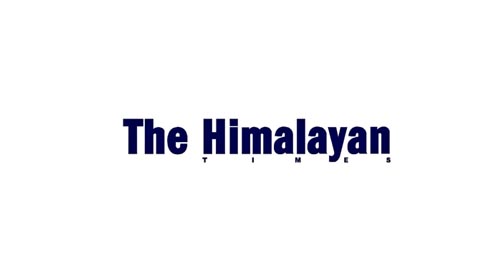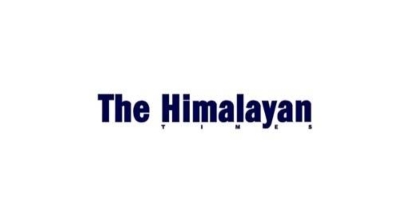EDITORIAL: Make power reliable
It is time to unbundle the NEA into separate entities so that each of them can be handled more efficiently
There is more to ensuring a smooth supply of electricity to the households and businesses than just power generation, as is evident from the frequent power fluctuations being noticed in recent times, both in the Kathmandu Valley and outside. This, according to Nepal Electricity Authority (NEA), is happening because of the increased demand for electricity while the transformers, feeders and cables that make up the existing distribution system are overloaded. So the low handling capacity of the local distribution system is the problem, not the major transmission lines. Constant electricity tripping is a nuisance to all consumers alike, but businesses and industries tend to suffer more than households. As it is not possible for all businesses to be making additional investment in buying a generator, the NEA must see to it that the technical glitches are solved as early as possible, given that they can be solved by upgrading and replacing the local distribution system. Nepal’s peak demand currently stands at 1,369 megawatts, with NEA generating 482 MW and the private sector 461 MW. An additional 417 MW is imported from India.
NEA’s progress has been phenomenal under its managing director, Kul Man Ghising, who made loadshedding, which used to last for upto 18 hours a day when he took over in 2015, history. Consumers have full trust in the NEA under Ghising that the power tripping will also come to an end sooner than later. The power utility has begun laying power lines underground in the capital, which should greatly improve the quality of power supply. In the last two years, the power utility has replaced 7,000 transformers across the country and is in the process of replacing another 6,000 that will increase the capacity of the distribution system by 20 per cent. It is also upgrading 100 more sub-stations across the country in the problematic centres as an immediate solution to the tripping problem. A 400 kVA transmission highway spanning east to west is also being installed.
NEA is currently the sole body looking after the generation, transmission and distribution of power in the country. This might have been all right in the past, but with tremendous growth taking place in all three sectors, perhaps it is time to unbundle the NEA into separate entities so that each of them can be handled more efficiently. The idea was first mooted in 2005 largely because electricity generation and distribution were getting too cumbersome and bureaucratic. However, this scheme has not sold well with the unions as splitting the authority will mean transfer of employees to the different components, thus weakening their overall strength. But if we want efficiency and smooth supply of power, this might be the only way out. For this to materialise, we need to have a law to separate the existing system. With Nepal expected to witness an energy surplus soon, the government has plans to give a boost to electric vehicles to cut down on the huge import of fossil fuels. It also wants to encourage households to switch over to electricity from cooking gas, which costs Nepal about Rs 35 billion in import bills annually. This will necessitate reliable supply of power.
ODF sans toilets
What are the basic criteria that we need to meet before declaring a municipality – rural or urban – an open defecation free (ODF) zone? The Ministry of Federal Affairs and General Administration had issued a circular to all local levels, including Kathmandu Metropolitan City (KMC), to expedite the work of declaring them ODF in the first week of July. The government has set a deadline to declare Nepal an ODF country by September-end. Despite the KMC mayor’s reluctance, KMC was declared an ODF zone during a closed door meeting at its office on Wednesday after a research panel handed its report to the mayor.
As per the research panel formed earlier by the KMC, every household in the metropolis had a toilet and the people did not practise open defecation. It was the minimum criteria set for declaring an area an ODF zone. But the decision has drawn flak from experts and rights activists, saying that the metropolitan city lacked adequate numbers of public toilets, and open defecation was still commonplace. Experts say availability of public toilets is a must to declare a big city like KMC an ODF zone. There are only 57 public toilets in the KMC, a home to millions of people, and more than half of them are in need of improvement.






